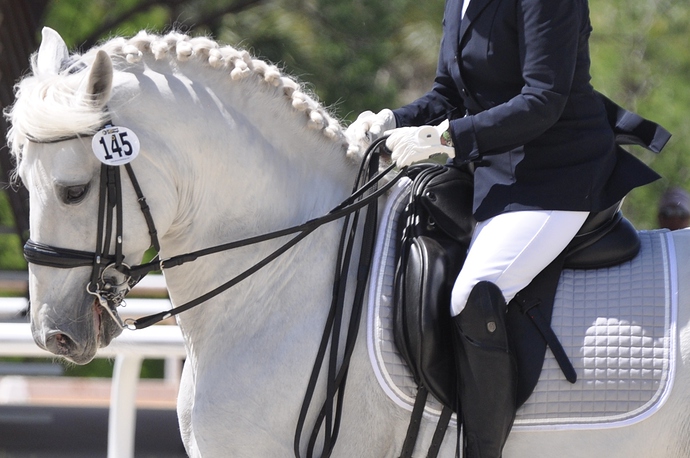I can’t believe that me, a former eventer who evented in bright and obnoxious color schemes and took pride in it, is sitting here clutching my pearls at the thought of non traditional attire 
I was at a competition just a few weeks ago and I like the traditional black and white look. I hate wearing white breeches, but I feel they’re right for competing and don’t know that I could swap to gray, for example. I do fancy a burgundy or eggplant jacket, so maybe I’m not so “stuck” but I also cannot imagine using a colored saddle pad. I don’t object to the changes being made in the US, but maybe some others are like me and will slowly warm up to it or just add a little color or flair for now. Or maybe some will find inspiration when they see others doing it or rocking a really nice colour combination that just goes really well with their horse.
I do quite like the idea of a flysheet jacket 

